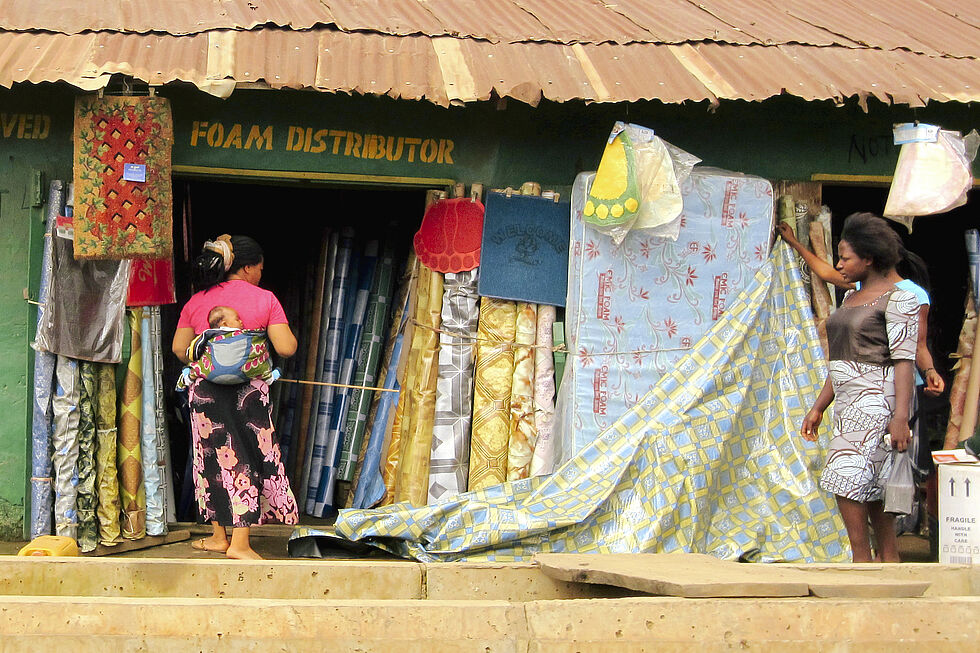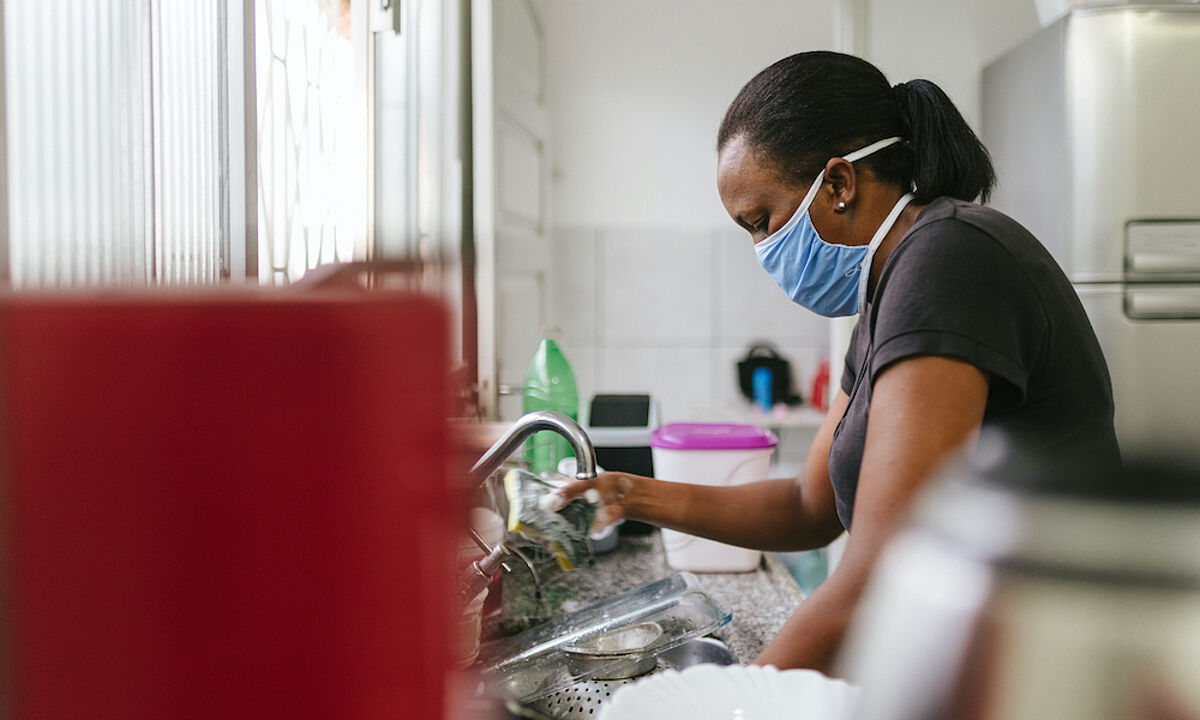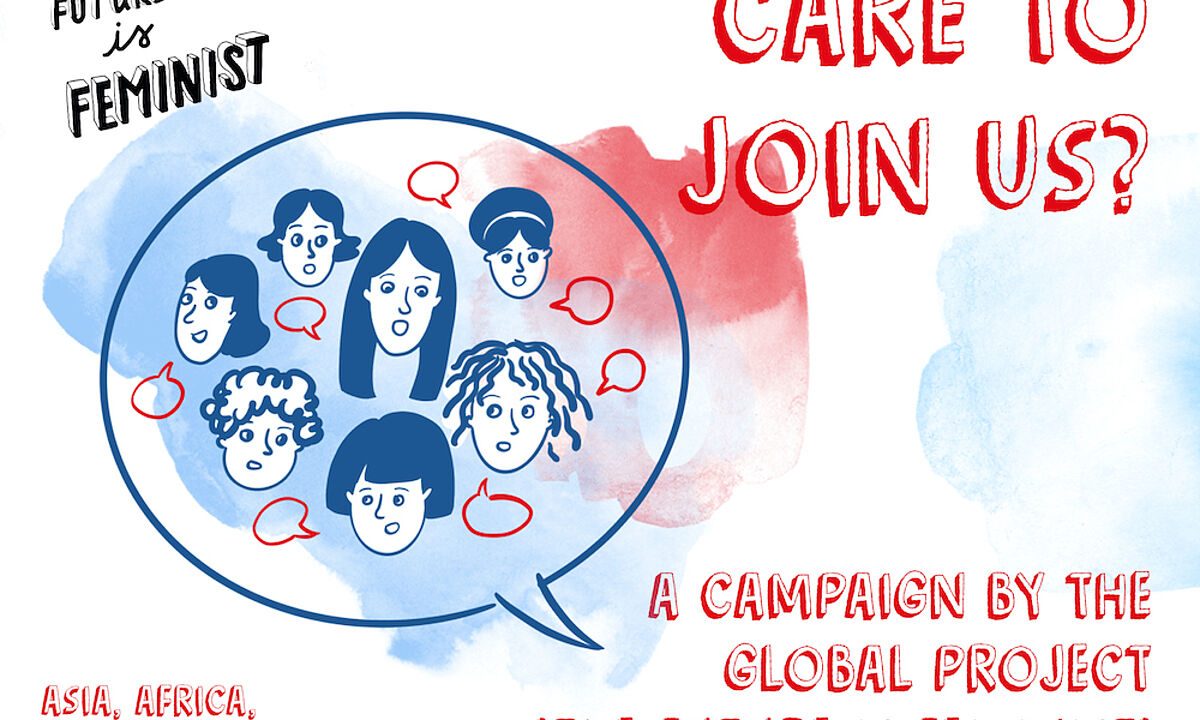The rookie union that took on the coffee behemoth and won: The case of Starbucks Chile
Over the course of the last decade, Chile—a country with high levels of youth unemployment and precarious work—has witnessed the birth of a new trade union within Starbucks, a company whose founding principles make it reluctant to accept unionisation.
It’s a move that has taken both Chileans and outsiders by surprise. Led by young trade union novices, its members have achieved an unprecedented success: the signing of the first collective bargaining agreement with a Starbucks workers’ union.
The history of the Starbucks Chile union must be understood in terms of the socio-political context facing the country during the first decade of this century, marked by protests by high school and university students against the education model inherited from the military regime.
In 2009, staff at Starbucks Chile formed the US coffee giant’s first union in Latin America. It was an organisation far removed from the traditional idea of workers’ unions. Its members are mostly university students in their twenties; they don’t have experience with trade unions yet they are schooled in Chile’s student protest movement, which began in 2006 and represents the largest social movement in the country since the end of the dictatorship of Augusto Pinochet in 1990.
The commitment and shrewdness of this group of young people, together with their skilled use of social networks and new technologies, resulted in a world-first in 2015: the first collective bargaining agreement negotiated by a Starbucks union.
The history of the Starbucks Chile union must be understood in terms of the socio-political context facing the country during the first decade of this century, which was marked by protests by high school and university students against the education model inherited from the military regime.
Andrés Giordano, the first—and serving—president of the Starbucks Chile union, agrees, arguing that in 2009 the "process of social agitation" by the student movement favoured the creation of the workers’ union.
"There was a climate of unrest that made it possible for young people—we are in the majority at Starbucks—to react by proposing a form of organisation that meant we were no longer just individual employees," explains Giordano, who was a student leader between 2004 and 2007.
The young workers—many of whom are working to fund their education and who see a job at Starbucks as a stop-gap measure—found themselves part of a company with a peculiar corporate philosophy geared towards customers who perceived the brand as a status symbol.
Social networks and international instruments: the keys to collective bargaining
A study titled La experiencia del Sindicato Starbucks Coffee en Chile (The Experience of the Starbucks Coffee Union in Chile), funded by the Friedrich-Ebert-Stiftung (FES) and authored by Felipe Labra, notes how, for customers, "the experience of the Starbucks culture is complemented by the declaration of ‘responsible consumption’ by the company," offering an approach based on business ethics, environmental responsibility and sustainable development.
To reinforce this message and the spirit of belonging to the company, Starbucks workers are internally referred to as ‘partners,’ a standard part of the lexicon of so-called ‘happy companies’. In this context, the multinational regards any union initiatives as redundant.
Using access to institutional emails, Starbacksworkers organised ‘leisure’ meetings to thrash out the details of creating a union. They met in spaces outside the shops, something that didn’t arouse any suspicion, since such meetings took place under the umbrella of the Starbucks culture.
Starbucks first launched in Chile in 2003, with one coffee shop in Santiago. Six years later, the company had 40 premises spread across three cities. The rapid growth of Starbucks also saw the first disagreements between staff and the organisation, which the company resolved with dismissals and reprisals against staff who complained.
It was at this point that workers began to organise themselves via email. "Using access to institutional emails, they organised ‘leisure’ meetings in spaces outside the shops," something that didn’t arouse any suspicion, since such meetings took place under the umbrella of the Starbucks culture. The meetings were used to thrash out the details of creating the union, according to Labra’s report.
The process culminated on 9 April 2009, with the constitution of the Union of Starbucks Workers before a certifying official, establishing an organisation with 15 people. This was followed by collective bargaining between the union and the company. A first round took place in 2011, followed by a second in 2013. Both ended without an agreement, due to the company’s refusal to accept the proposals of the workers’ representatives. The staff also carried out two strikes, one in 2011 lasting 18 days and another in 2013 lasting 11 days to show their discontent and as a means of applying pressure.
A third round of collective bargaining began in 2015. However, in contrast to previous rounds, the union took a decision that would prove decisive in securing its interests. It submitted a complaint to the National Contact Point (NCP) of the Organisation for Economic Cooperation and Development (OECD), which in Chile is part of the Ministry of Foreign Affairs, asking it to look into whether Starbucks was complying with the good practice guidelines for multinational companies.
The OECD concluded that the union was positive for protecting the rights of staff and negotiating new contracts.
Backed by the NCP declaration and with all measures exhausted, a new strike began on 20 May 2015. However, this time, the action ended abruptly after three days, with the signing of the first collective bargaining agreement by a union of Starbucks workers.
For Giordano, the NCP resolution was fundamental in changing the company’s attitude:
"A ruling is news that lasts for one day, a declaration by the OECD holds considerable weight. It goes beyond the borders of Chile and has a global impact. This created sufficient pressure on the company to agree to negotiate a contract, a meagre contract but a contract nonetheless."
As Giordano explains, the agreement was decaffeinated in the extreme, including a bonus for trainers of new staff and a monthly food allowance of 22 US dollars.
However, in spite of this, it laid the foundations for future negotiations and legitimised members of the union with respect to other staff at the multinational’s affiliates. As the months have passed, the issues discussed by the union and the company have diversified.
Moreover, the success of the Starbucks Chile union has set a precedent for the South American country, with workers at two other fast-food chains (Papa John’s and Johnny Rockets) forming their first unions in 2016. ###
Read and download the full study here (link in Spanish)
Jordi Serrat has been reporting from Chile for almost a decade. He writes on politics, economics and social affairs. FES Connect brings you stories of successful trade union action documented in a series of studies published under "Trade Unions in Transformation," project of the Global Trade Union Programme of FES. For more information, contact the programme coordinator Mirko Herberg.
About FES Connect
Connecting people, in the spirit of social democracy, we source and share content in English from the German and international network of the Friedrich-Ebert-Stiftung.





